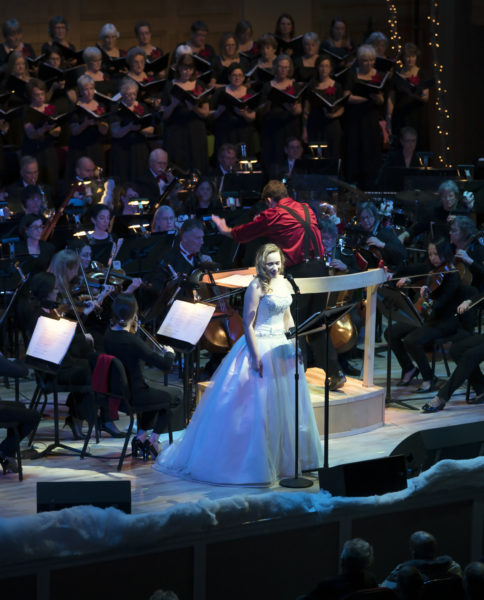The Bernard Rodriguez Journal
Exploring the latest trends and stories in news and lifestyle.
Dancing Through the Decades
Explore the rhythm of history as we groove through the decades! Discover iconic dance moves and their cultural impact today!
The Evolution of Dance Styles: A Journey Through the Decades
The evolution of dance styles over the decades reflects the cultural shifts and social movements that have shaped society. From the joy-filled flapper dances of the 1920s to the energetic swing of the 1940s, each era has contributed to a rich tapestry of rhythms and movements. The 1960s introduced the world to the rebellious spirit of rock and roll, where dances like the Twist captured the essence of youth and freedom. As we moved into the 1970s, the disco craze took center stage, with dance floors filled with expressive moves that celebrated community and expression.
As we journey through the decades, the 1980s brought about the birth of hip-hop, a style rooted in street culture and self-expression. Dance styles became a medium for storytelling, and breakdancing gained prominence as a powerful form of physical art. In the 1990s, the fusion of various genres gave rise to styles such as jazz-funk and contemporary dance, which allowed performers to showcase their individuality and creativity. The 21st century has seen further diversification, with social media playing a pivotal role in the dissemination of new dance trends, from viral TikTok challenges to K-pop choreography, illustrating that the journey of dance is ever-evolving and deeply intertwined with contemporary culture.

How Dance Trends Reflect Social Change: A Look at Each Era
Throughout history, dance trends have served as a mirror reflecting the prevailing social climate and cultural shifts of their time. For instance, the 1920s saw the rise of the Charleston, which not only became a staple in jazz clubs but also symbolized the liberation of women during the flapper movement. As the world transitioned from the rigidity of the Victorian era to more liberated lifestyles, dance became a form of expression that defied traditional norms. Similarly, the 1960s introduced us to the Twist, a dance that transcended racial barriers and highlighted the growing demand for civil rights.
As we move into more recent decades, contemporary dance trends continue to mirror significant social changes. The emergence of hip-hop dance in the 1980s encapsulated the voices of marginalized communities, becoming a powerful medium for storytelling and social commentary. Today, the viral nature of platforms like TikTok emphasizes the rapid pace of cultural evolution, with trends often reflecting the immediacy of social justice movements or the influence of global connectivity. Each era's dance phenomenon is not just entertainment; it is a powerful indicator of societal values and shifts in cultural identity.
What Were the Most Influential Dance Movements of the 20th Century?
The 20th century witnessed a remarkable evolution in dance, marked by numerous influential movements that have shaped the art form into what it is today. One of the most significant was Modern Dance, which emerged in the early 1900s as a reaction against the constraints of classical ballet. Pioneers like Martha Graham and Isadora Duncan introduced expressive movements and grounded techniques that emphasized the dancer's emotions and individuality. This departure not only challenged traditional norms but also laid the foundation for various contemporary styles.
Another transformative movement was the Street Dance culture that arose in the late 20th century, particularly with the advent of hip-hop. This dynamic form of dance embraced creativity and self-expression, evolving from urban environments and social gatherings. Styles like breakdancing and locking became emblematic of hip-hop culture and had a profound influence on mainstream dance, including the realms of music videos and live performances. Together, these movements reflect the diverse and vibrant tapestry of 20th-century dance, showcasing its ability to adapt and inspire across generations.